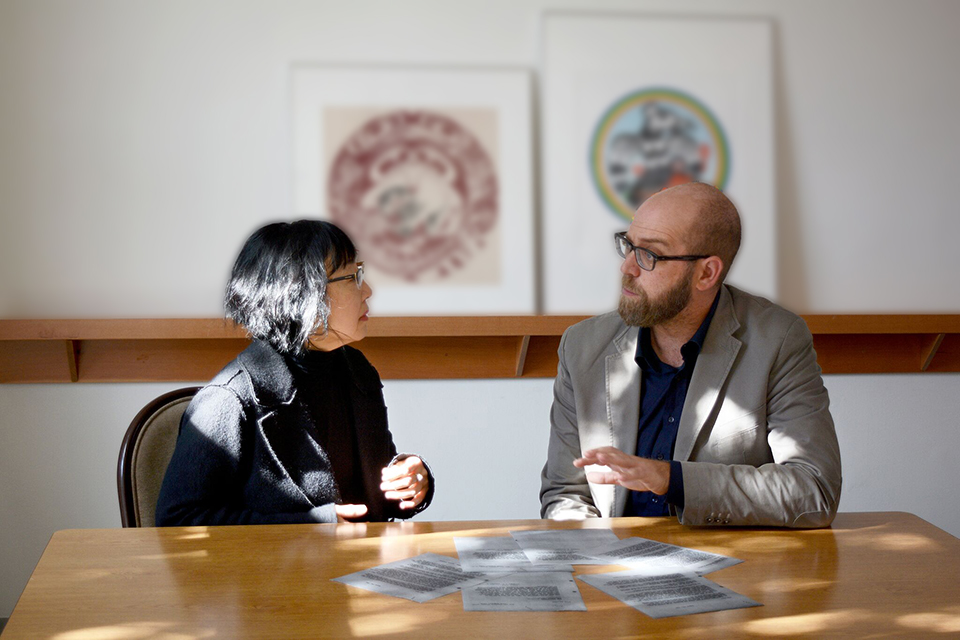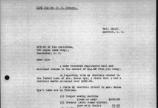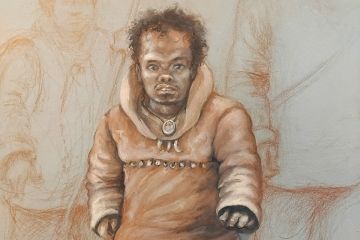Three hundred letters reveal personal stories of dispossession in 1940s
- Stephanie Harrington

Vancouver resident Judy Hanazawa’s life began in 1947, in the shadows of her Japanese Canadian family’s internment and dispossession during the Second World War.
Born in Merritt soon after her parents and sisters left their internment site at nearby Bridge River in BC’s interior, Hanazawa, now 70, knew little about her family’s experience in the camp.
After the war, Hanazawa’s father returned to work as a commercial fisherman. She grew up in Vancouver, going onto university to become a social worker and human rights advocate, determined the wartime treatment of 22,000 Japanese Canadians would never be repeated.
300 letters of protest
Now, a discovery by UVic humanities researchers is helping give Hanazawa some of her family’s history back.
Some 300 forgotten letters of protest from Japanese Canadians whose homes, belongings and businesses were sold have been uncovered as part of the seven-year, multi-partner, multi-million dollar Landscapes of Injustice project led by UVic.
Hanazawa’s father wrote one of the letters, disputing the $14.68 he received in compensation for the unauthorized sale of cherished family possessions including Hanazawa’s mother’s sewing machine and Japanese doll.
“I’m proud of what he did,” Hanazawa said. “There was so little my parents spoke openly about so I appreciate this letter very much.”
Important lessons from the past
Project leader Jordan Stanger-Ross, an associate professor in UVic’s history department, came across the letters while researching at Library and Archives Canada. He said federal officials ignored the letters 75 years ago, and then they were forgotten.
“I’ve never encountered an historical source quite like these letters,” Stanger-Ross said. “While many in Canada today know that Japanese Canadians were interned, too few realize that the Canadian government—unlike that of the United States—seized and sold all their possessions.”
Stanger-Ross said the forced sales occurred from 1943 to 1950, with Japanese Canadians losing everything they owned.
The sales took place despite government officials’ assurances to the contrary and continued after the war ended. In today’s currency, the losses would amount to at least one billion dollars.
Why did you sell without even consulting us? Isn’t the method you’re using like the Nazis?
As written in one of the letters in the newly discovered collection
Authors of the letters include the owners of a successful dry-cleaning business in Victoria, an internee whose cousins died in France serving Canada during the First World War and a man who put two of his Canadian-born children through medical school.
Stanger-Ross wants people to understand how much this history still matters. “We risk overlooking the most important lessons of our past if we do not hold deep conversations about the legacies of twentieth-century racism,” he says.
Humanities project moves into next phase
Since 2014, Landscapes of Injustice has involved 16 universities, museums and community organizations. Now nearing the end of its research phase, the project will soon begin to communicate its findings to the public through schools and exhibitions.
Vancouver partner institution Nikkei National Museum will curate an online exhibition of the letters, including Hanazawa’s story, which will be made public in 2019 through the Virtual Museum of Canada.
Sherri Kajiwara, director-curator of the Nikkei National Museum, said the letters are especially important in the lead-up to next year’s 75th anniversary of the dispossession of Japanese Canadians.
“It's a significant find and a glimpse into a difficult and traumatic time for Canadians of Japanese ancestry,” Kajiwara adds.
Landscapes of Injustice is funded by a $2.5 million grant from the Social Science and Humanities Research Council and $3 million in matching funds from participating institutes.
Find out more
- Read the UVic news release (includes a press-kit with audio recording)
Photos



In this story
Keywords: history, racism, research, human rights, war, Landscapes of Injustice
People: Jordan Stanger-Ross




